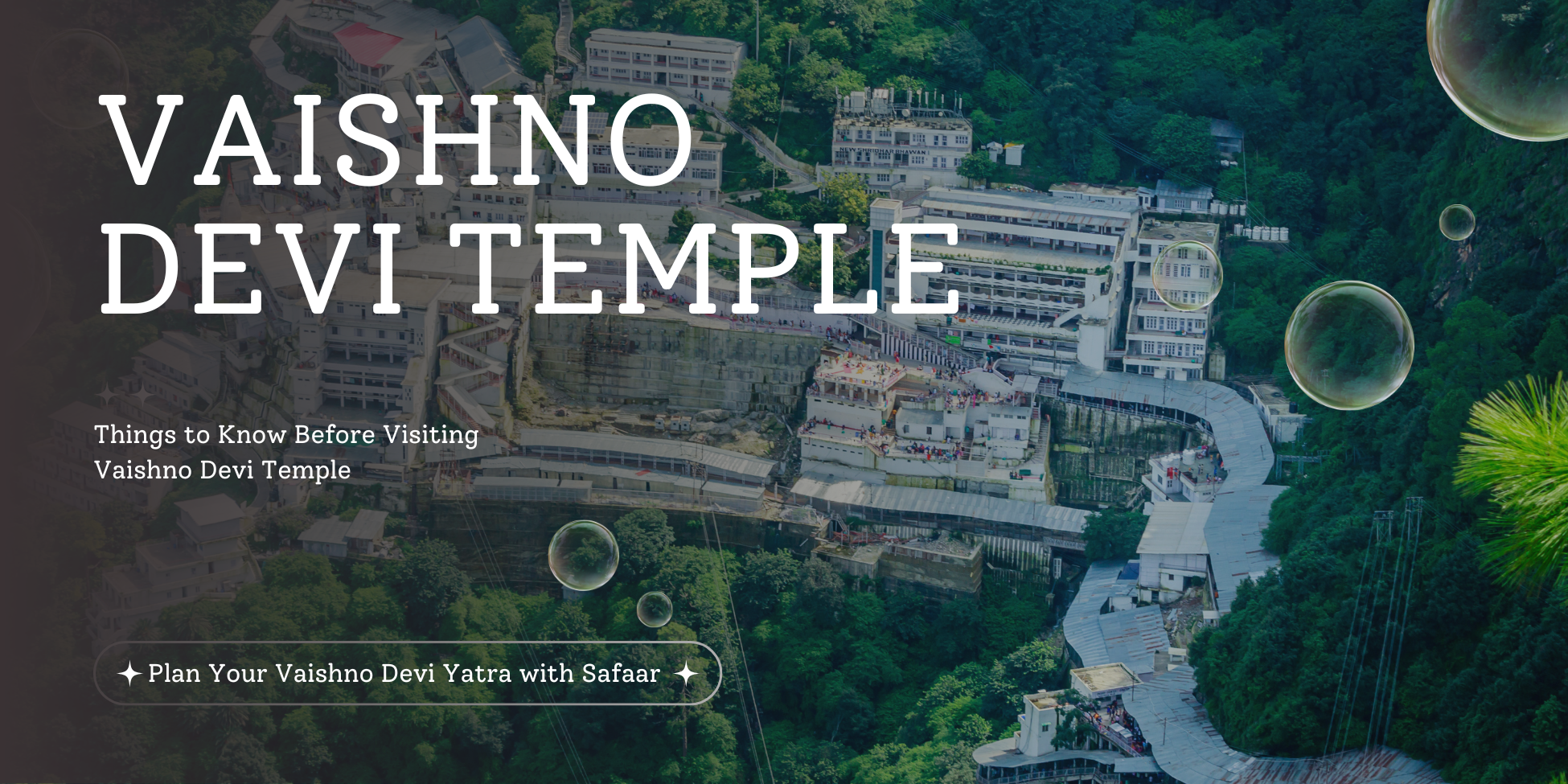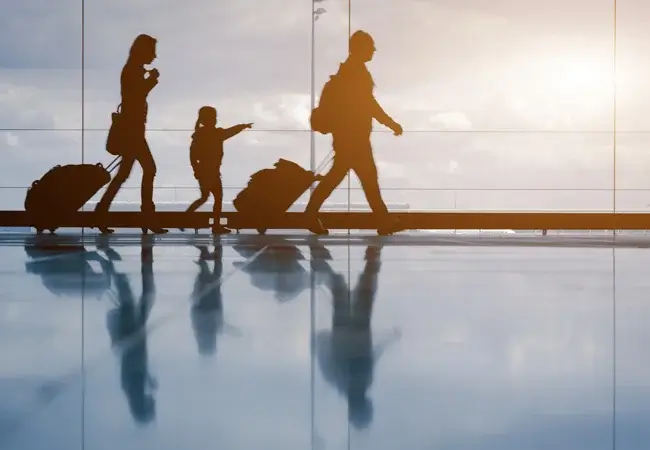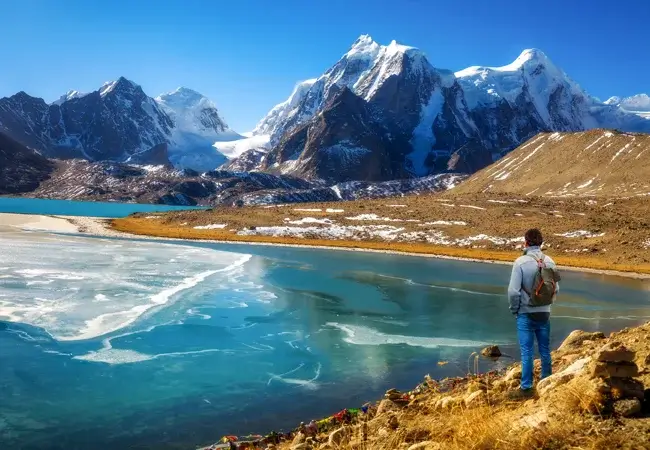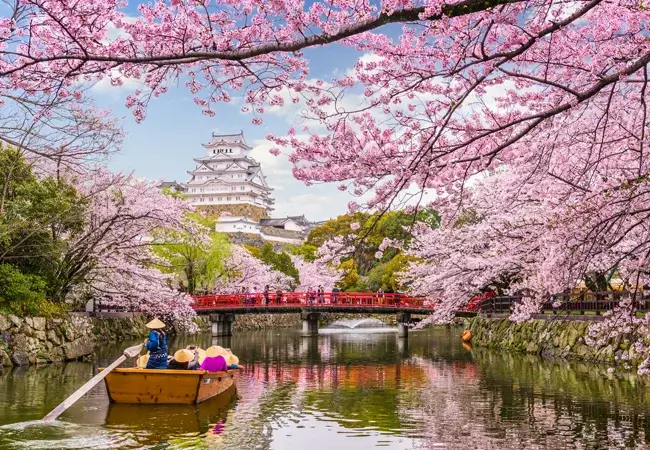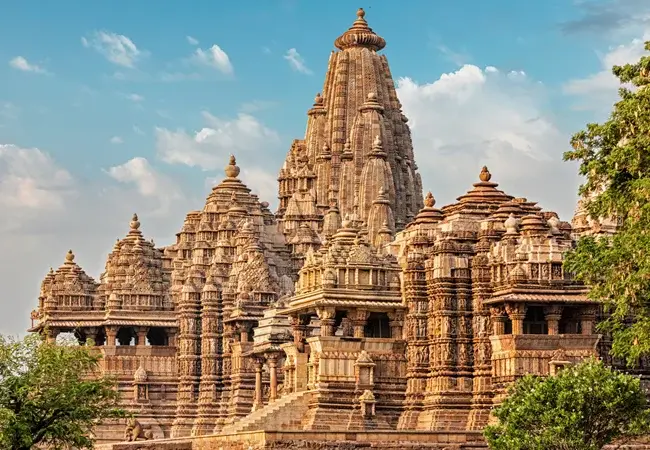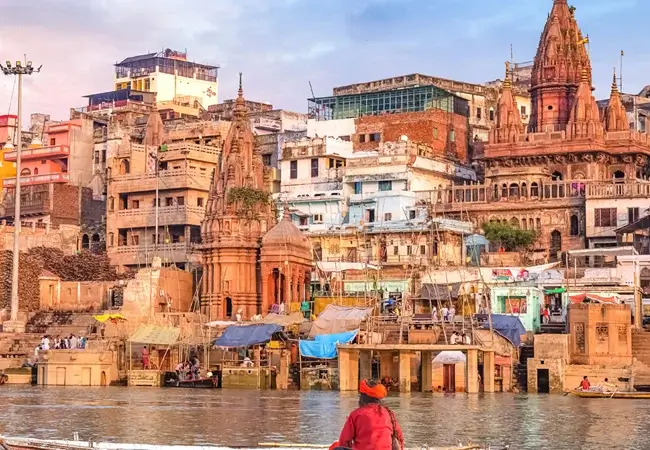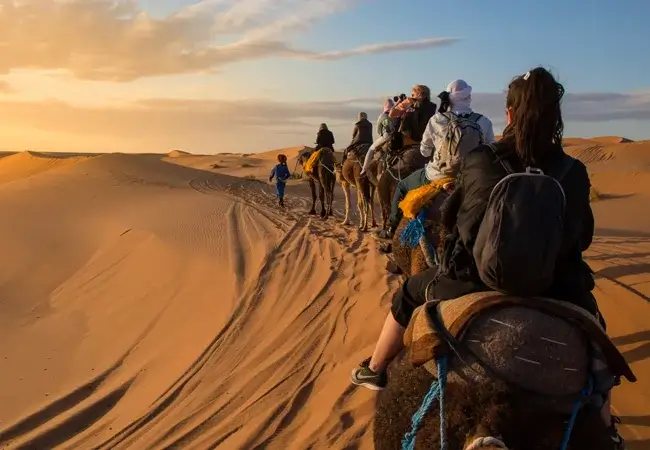10 Things to Know Before Visiting Vaishno Devi Temple
Visiting the holy Vaishno Devi Temple is an emotional, physical and spiritual journey. Whether it’s your first yatra or you’re returning for darshan, good planning makes the difference between a stressful trip and a memorable pilgrimage. This guide gives you everything you need — logistics, packing, safety, timing, on-route facilities and realistic expectations — so you arrive prepared, respectful and relaxed.
Throughout the article you’ll find practical tips and sample itineraries you can use to plan your trip with your travel partner. If you want help turning this plan into a confirmed, end-to-end trip, Safaar Travel Company can take care of registration, hotels, transport and optional helicopter bookings so you only focus on devotion.
1. Registration & Yatra access — what to do and where
Before you begin the trek you must complete Yatra registration and obtain the Yatra slip / access card. Registration counters are located near the Katra bus stand; online registration and related services are available through the Shrine Board’s online portal — registering ahead saves time and helps with crowd management. If you prefer, a trusted travel partner will do this for you as part of your booking so you arrive ready to start. Shri Mata Vaishno Devi Shrine Board
Safaar Practical tip: If you register online, carry a printed or digital copy of your registration and a valid photo ID. For large groups or families, register everyone together to avoid confusion.
2. Route, distance, altitude & how tough the trek is
The classic trek from Katra to Bhawan covers roughly 13 kilometres with gradual slopes, steps and rest halts; the Bhawan itself is at a high altitude on the Trikuta hills. Expect varied terrain — paved sections, stepped paths and occasional narrow stretches — and allocate 4–7 hours depending on your pace and stops. If you have mobility issues or health concerns, plan alternative arrangements (pony, palki or helicopter where available). Shri Mata Vaishno Devi Shrine Board
Safaar pacing tip: Start early to avoid mid-day crowd surges; take regular water/small-food breaks and use official rest points.
3. Travel modes — walk, pony/palki, electric section, or helicopter
There are several ways to reach Bhawan depending on your time, comfort and budget:
Advice: Pilgrims with limited time or mobility often book helicopter seats in advance; travel agencies can hold seats as part of a package.
4. What to pack — essential, recommended and optional
Pack light, but smart. The right items make the trek comfortable and safe.
Essentials
Recommended
Do not carry
5. Accommodation — where to sleep and how to choose
Katra is the convenient base for the yatra. It offers:
If you’re travelling during peak seasons (Navratri, holidays), book in advance. A packaged booking can include hotel options close to the registration counters and transport nodes so you save walking and time.
Safaar tip: If you plan an early-morning start to avoid crowds, choose accommodation in Katra within walking distance of the bus stand / registration counter.
6. Darshan routine & temple timings — what to expect
The Shrine Board manages darshan flows to maintain sanctity and safety. Bhawan darshan is continuous, but crowd patterns and waiting times vary: festival days and Navratri see the greatest numbers. Keep realistic expectations — even with early starts you may experience queues. The shrine administration regularly publishes updates and notices that affect timings and access, so check official channels before you go. Shri Mata Vaishno Devi Shrine Board
Tips for smoother darshan
7. On-route facilities — cloakrooms, langar (free meals) & medical aid
The Shrine Board provides many pilgrim facilities: free cloakrooms at the Bhawan complex (open round the clock), langar/annadanam services in certain areas, drinking water points and medical aid centers for emergencies. Use official cloakrooms for storage — they are free and safer than leaving items unattended. Shri Mata Vaishno Devi Shrine Board
Safety note: Do not leave cash, jewelry or phones inside unlabelled luggage; use official counters and get receipts.
8. Security rules & electronic equipment — follow the instructions
Security is strict for obvious safety reasons. The Shrine Board’s Do’s & Don’ts explicitly prohibit video cameras and certain electronic equipment on the track — there are official lockers/cloakrooms for safekeeping. Some reports from travellers note that small mobile phones are carried up to certain points, but the official instruction is to avoid taking video cameras and other electronic gadgets on the track; follow posted notices and Shrine Board instructions to avoid confiscation or delays. When in doubt, deposit electronics at Katra cloakrooms or your hotel. Shri Mata Vaishno Devi Shrine Board Shri Mata Vaishno Devi Shrine Board
Practical policy: Treat anything flagged by the Shrine Board or police as non-negotiable; cooperation keeps the yatra smooth for everyone.
9. Health, fitness & altitude — prepare realistically
Although the path is well maintained, the trek’s cumulative distance and altitude change can be tiring. If you have heart, respiratory or mobility issues, consult your physician before planning the yatra. Carry essential prescription medicines and avoid overexerting yourself. For older pilgrims, using a palki or hiring a porter with verified credentials is a sensible choice.
On the trek: Walk at a steady pace, avoid sudden exertion, hydrate often and eat small snacks to keep energy steady.
10. Add-ons: nearby places & making the most of the trip
If you have 2–4 extra days, consider adding nearby attractions:
A package itinerary that bundles darshan with local sightseeing is often the most time-efficient option — ask your travel partner to propose a 3-day or 4-day itinerary based on arrival city and available days.
Money, bookings & realistic costs
Safety checklist before you go
Frequently asked questions
Q: Do I need to register in advance?
A: Yes — Yatra registration at Katra’s counter or online is required to proceed for darshan. Registering early reduces waiting time at the counter. Shri Mata Vaishno Devi Shrine Board
Q: How long is the trek from Katra to Bhawan?
A: The main trek is approximately 13 km; actual time depends on pace and stops. The Bhawan sits at a high altitude so factor in breaks. Shri Mata Vaishno Devi Shrine Board
Q: Can I take a helicopter?
A: Helicopter services operate between Katra and Sanjichhat (and nearby points); these need advance booking through official channels or authorized operators. himalayanheli.com
Q: Are mobile phones and cameras allowed?
A: Official guidance restricts video cameras and certain electronic equipment on the track; cloakrooms are provided for safekeeping. There are varying reports about small phones; follow Shrine Board/JK Police instructions on the day of travel. Shri Mata Vaishno Devi Shrine Board
Q: What facilities are available at Bhawan?
A: Cloakrooms, drinking water, langar/annadanam and medical aid are available through the Shrine Board. Use the official counters for safety and receipts. Shri Mata Vaishno Devi Shrine Board
Final words — make the yatra about devotion, not logistics
Vaishno Devi is a powerful spiritual destination that rewards preparation. A calm mind, light pack, good shoes and respect for local rules will get you the physical ease and mental openness to enjoy the darshan. If you prefer a hands-off approach, working with an experienced travel partner can remove the friction of registration, booking, timing and transfers — so you can focus on the purpose of your journey.
If you’d like, Safaar Travel Company can prepare a customized, end-to-end itinerary (registration, comfortable hotel in Katra, optional helicopter seats, guided darshan assistance and nearby sightseeing). Tell us your arrival city and preferred travel dates and we’ll draft a zero-hassle plan tailored to your needs.

